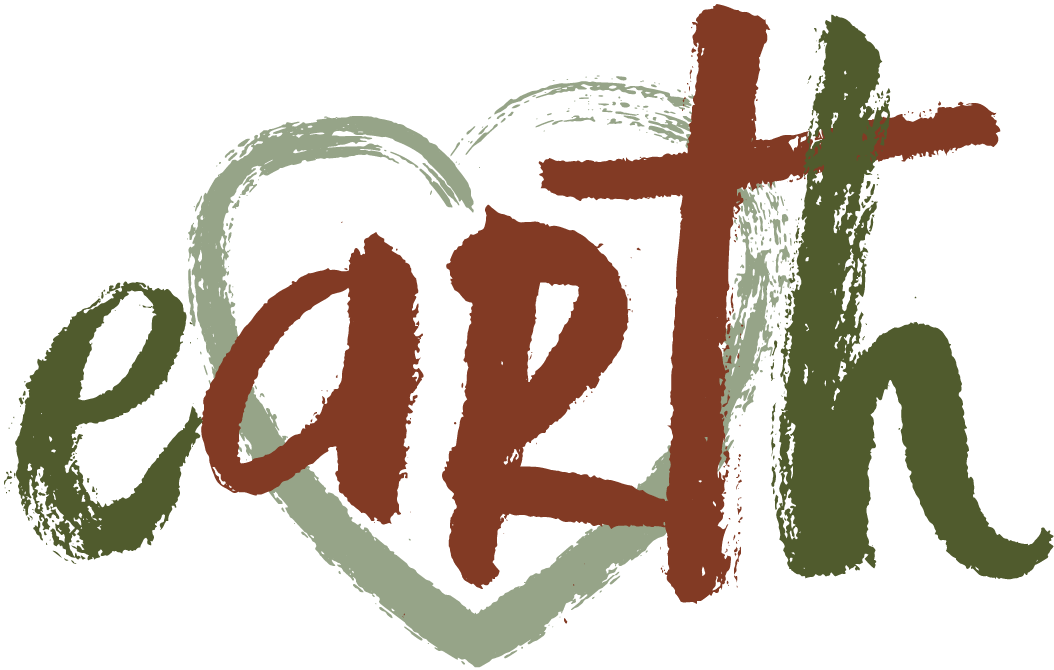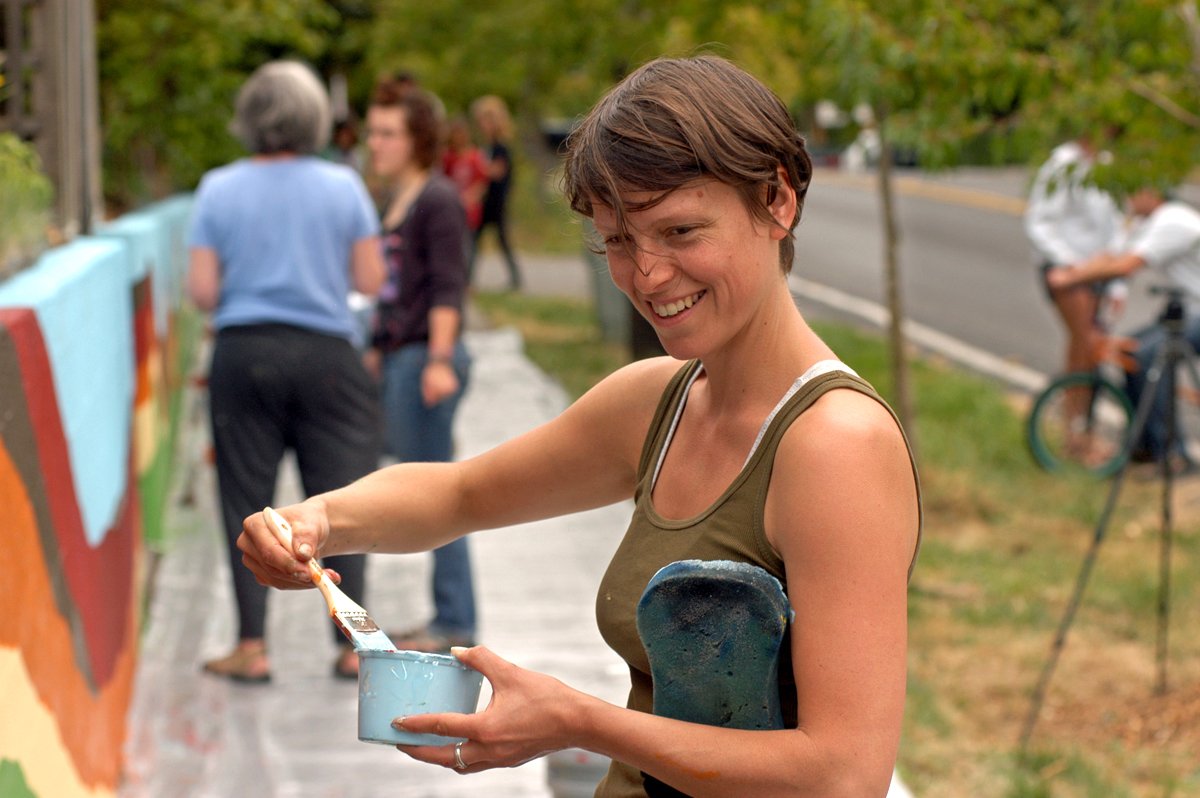Starting Where You Are: Don’t Worry About the Size of Your First Art Project
Do you ever look at the work of established artists that are making a real impact with their work and think: “I could never do that! It’s too big!” I assure you, even if they don’t show their early work, each of these change makers started small. I am no exception.
When speaking, my goal is to inspire people, so I talk about the big, flashy, multi-faceted, Art in Action Projects that involved thousands of people, like The Plastic Whale Project. That project was quintessential to my work because it brought together so much of what I’d been working on over the previous decade.
Starting Where You Are: Don’t Worry About the Size of Your First Art Project
The thing about collaborative projects is that they can be done at any scale—you can work with five people or 5,000. Either way, you can make an impact. This got me thinking about my very first Art in Action Project. It took place 17 years ago, when I worked with youth through the YMCA Earth Service Core programs. One of the groups I facilitated was a small group of 5 high school students. These were the coolest kids and they had big ideas.
They became interested in a creek that runs through our town, called Moxlie Creek. When the creek enters downtown, it is diverted into a culvert and flows through a pipe underneath downtown before emptying into the Salish Sea. Salmon actually swim through this underground stream to reach their spawning spot upstream in an urban park. Very few people even knew that there is a creek under our downtown!
The students wanted to give Moxlie Creek visibility, so we decided to paint a mural on an above ground maintenance access point. The access point stood about 2 feet high and 3 feet in diameter and was located in an abandoned lot next to one of the major roads through downtown. It was not big, but it was very visible.
(P.S. I have zero pictures of this art project, but I’ll be sharing a few other smaller projects that I’ve facilitated throughout this blog).
I worked with the city to get permission to paint the mural and with the students to create and paint their design. We painted sea life and salmon on the storm drain. We wrote words about Moxlie Creek and how it was underground. We used art to tell a story of a hidden aspect of our city.
I doubt that mural project made a big direct impact on our community. But it made a big impact on all of us. And it is people who make change happen. The students learned how to collaborate and to use art to tell their story. They saw the project through, from beginning to end. Throughout their time in high school, they continued to take action on issues that were important to them. After they graduated, I lost touch with them. I’d love to know what they are up to all these years later. I just know they are doing amazing things!
In many ways, this project is where I got my start in collaborative art. I was already working with youth and the public as a naturalist and merging science with art, but this was the first public, collaborative art project that I facilitated. It was my first time reaching out to city government and learning the rules around public art.
One of the things that I learned while working with youth during that time is the importance of small wins. When we start with a small project—one that pushes our current skillset just enough to be uncomfortable—we are more likely to succeed. When we succeed, our confidence grows, and the next time we can do something a little bigger. We learn new skills and put them into action. Each win grows our confidence and allows us to do more.
If you look at my website, you might think that I started out really big. (And y’all know I tend to go big!) But that isn’t the whole story. I started by learning how to use tools and how to paint. I learned about ecology and ethnobotany and became a naturalist. As a naturalist I faced my fears of public speaking and taught people about the natural world. I brought art into this work to help them notice and appreciate nature. I started with 100 different small things and gained skills along the way.
I grew my skills in leadership and facilitation, my skills in public speaking and project management. I grew my network of collaborators and learned to be part of a team. As I learned and practiced these skills, my confidence grew, until an opportunity presented itself and I put all these skills together and created something amazing. It was with the Plastic Whale Project that I was finally able to see the growth I’d done over the preceding decade.
You can’t expect your very first Art in Action Project to change laws. Stay open to that possibility, yes, but don’t expect it. The impact may be more internal than external, which is harder to see, but no less profound. One thing that helps me to see how much I’ve grown (and how much work I still have to do!) is talking with friends and family who know me well and working with mentors.
Have you ever watched a sunflower grow? You can sit and look for hours and not see a change. Forget to look at it for a couple of days, and Wow! its growth is like magic! Our growth can be like that too. Especially when we get the support we need.
One last thing. Wherever you are in your growth and development as an Artist and Change Maker, there are others who are not as far along as you. Even if you are only one step ahead of them, they will look up to who you are and what you do with amazement. So don’t hold yourself back just because you aren’t yet doing huge projects. We need all levels of engagement. We need you. And the best way for you to take big action is to start from where you are, not where you wish you were.
What growth do you see in yourself as an Artist and Change Maker? Leave it in the comments below!








